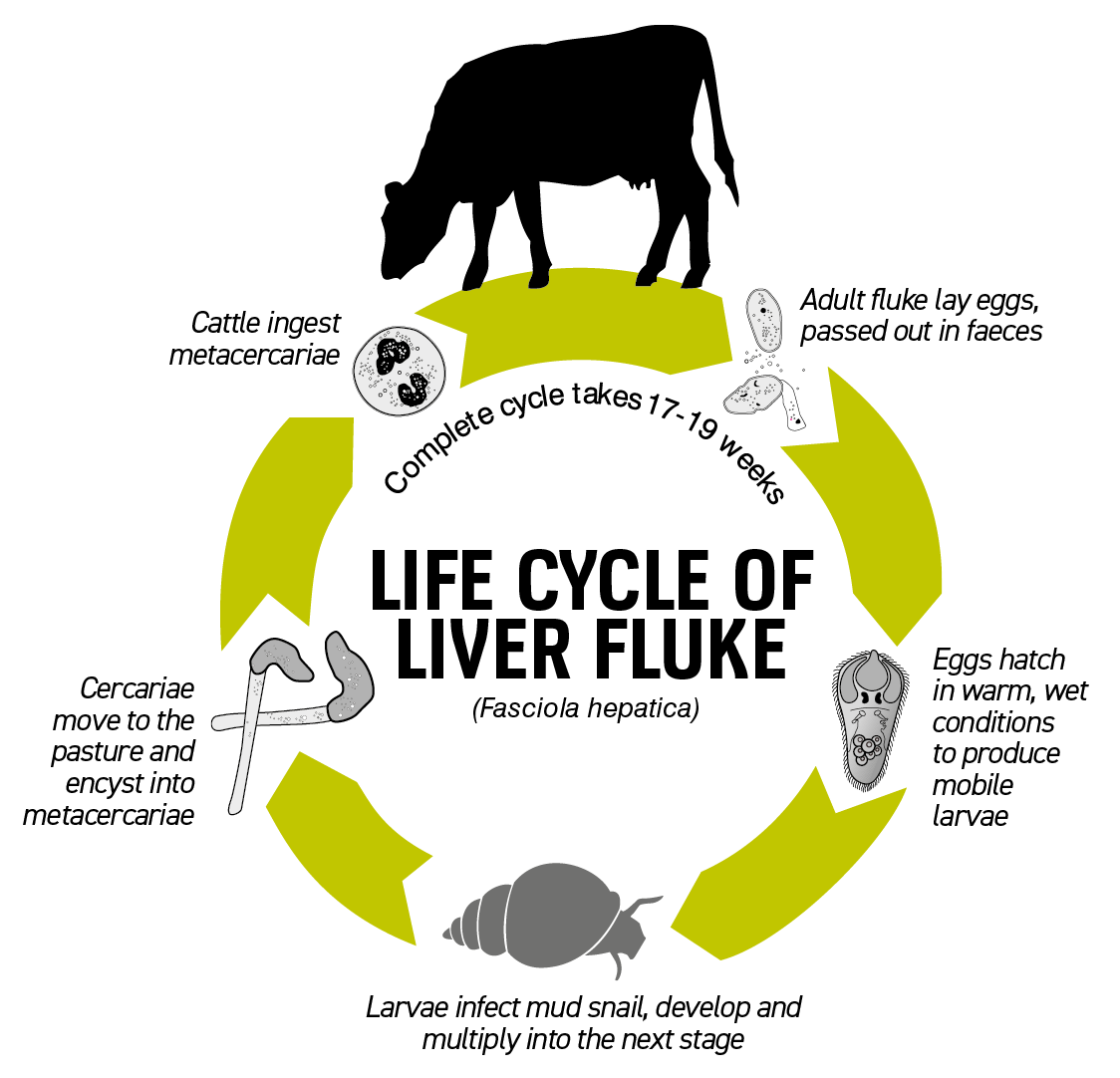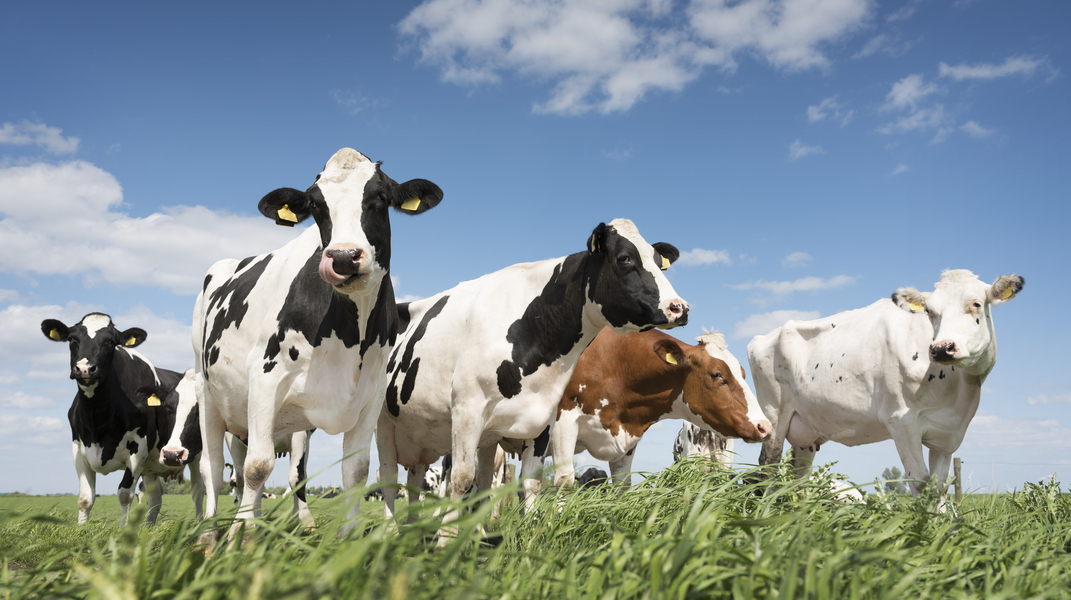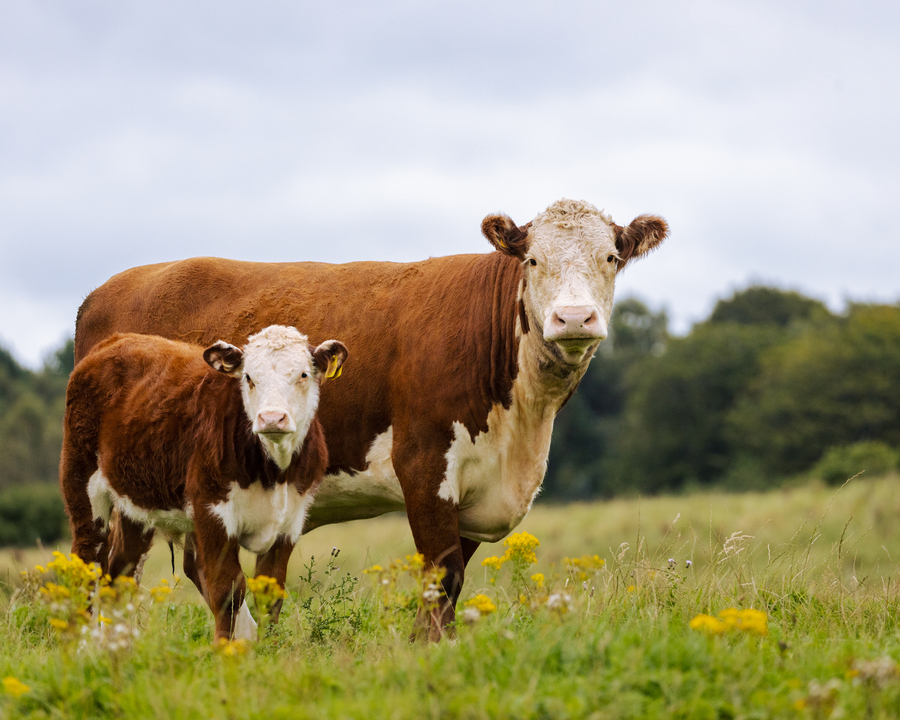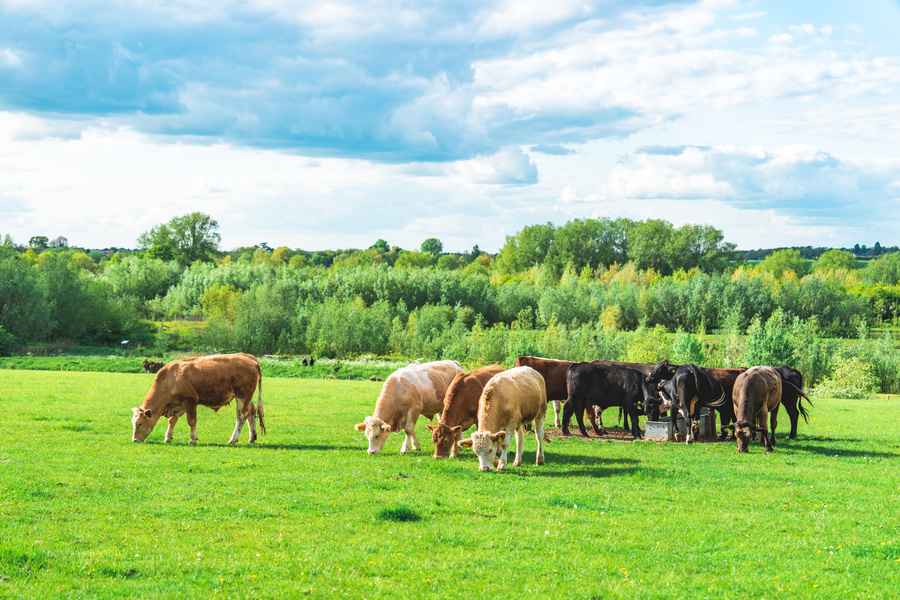
Liver Fluke
Liver fluke
Fasciola hepatica, or liver fluke is now considered to be endemic in certain areas of the UK, most notably Wales and north-west England1. The prevalence of the parasite has increased as wet summers and warmer winters have led to the survival of fluke and their intermediate host, the mud snail.
The cost to UK agriculture is estimated in the region of £300 million per year due to production losses and liver condemnations alone cost over £3 million per year2.
Understanding liver fluke
Learn more about the causes and signs of liver fluke and how to treat and control the disease.
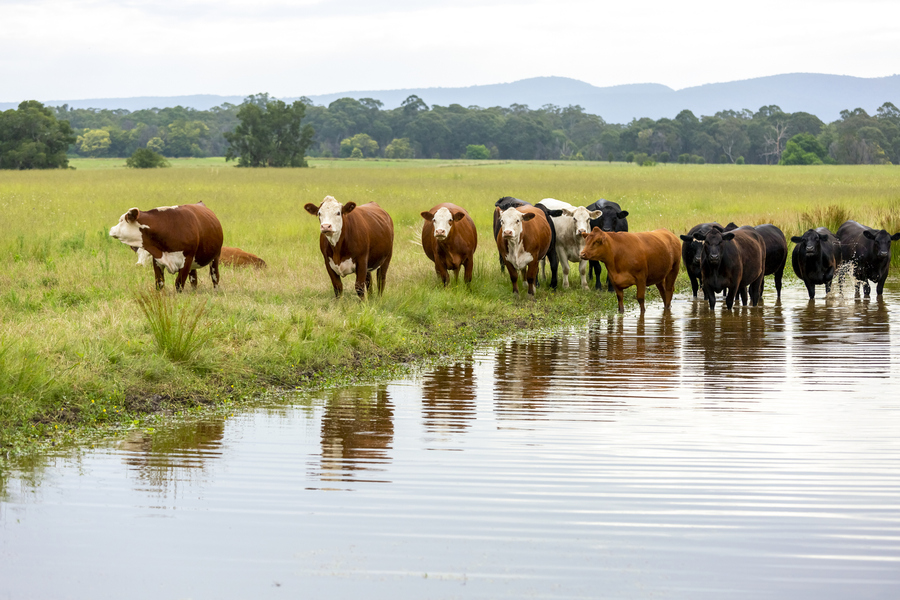
References:
1AHDB Beef & Lamb. [ONLINE] http://beefandlamb.ahdb.org.uk/returns/ Accessed: 03/09/2016
2 A. F Loyacano, J. C Williams, J. Gurie, A. A DeRosa (2002). Effect of gastrointestinal nematode and liver fluke infections on weight gain and reproductive performance of beef heifers. Veterinary Parasitology. 107(3): 227–234.
3 NADIS. (2016). [ONLINE] www.nadis.org.uk. Accessed: 13/11/2016





